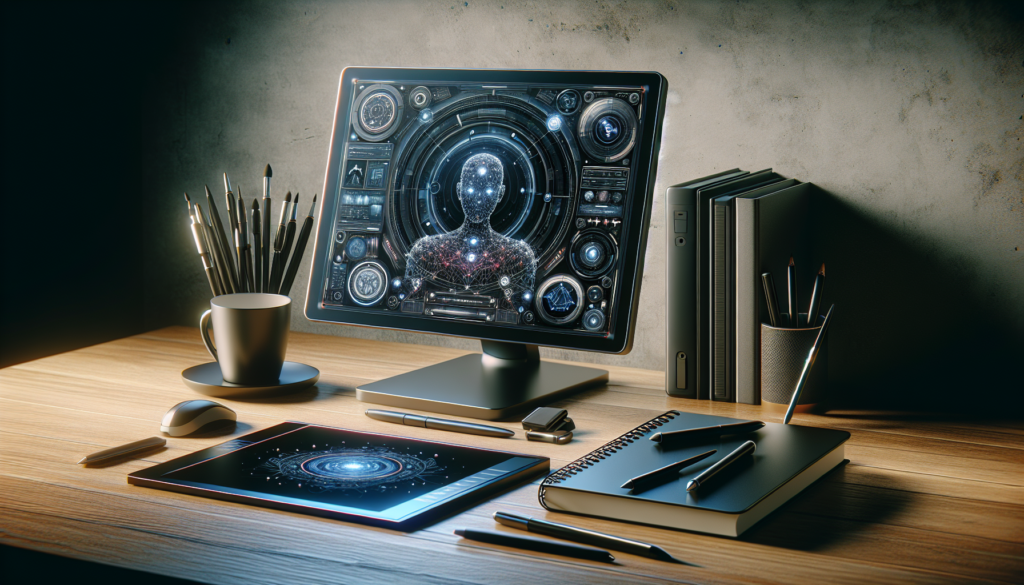
In the ever-evolving landscape of technology, 2025 has emerged as a pivotal year for content creation, fueled significantly by the advancements in generative AI tools. These tools are not only transforming how content is crafted but also redefining the very nature of creativity itself. From generating engaging text to designing intricate visuals, generative AI is at the forefront of a digital revolution that is reshaping industries across the globe.
Generative AI, at its core, refers to artificial intelligence systems capable of creating something new, whether it be text, art, music, or even entire virtual worlds. These tools utilize complex algorithms to understand and mimic human creativity, producing content that is not just coherent and contextually relevant, but also fresh and innovative.
The Powerhouses of Generative AI
Several generative AI tools have risen to prominence in 2025, each with its unique set of capabilities that cater to various aspects of content creation. Among the leaders is Google’s Vertex AI, a platform that offers text, chat, and code generation solutions at an incredibly low cost. Its ability to synthesize human-like responses to natural language prompts has made it a favorite among developers and content creators alike.
Meanwhile, services like ChatGPT and other sophisticated models continue to dominate the field of text generation. These tools have transformed the conventional writing process, enabling the automatic generation of articles, reports, and even poetry, thereby saving time and expanding creative boundaries.
On the visual side, platforms such as DALL-E and Midjourney are making waves with their ability to create breathtaking images from simple text descriptions. Designers and marketers are leveraging these tools to produce high-quality art and graphic content, significantly cutting down the time normally required for such tasks.
Breaking Down Barriers to Creativity
One of the most significant impacts of these generative AI tools is their ability to democratize content creation. Traditionally, high-quality content creation required either specialized skills or substantial resources. However, with tools like these at our disposal, the barriers to entry have been significantly lowered. Today, small businesses, independent creators, and even hobbyists can produce professional-grade content without the need for extensive budgets or expertise.
Moreover, these tools are fostering inclusivity in content creation. By providing intuitive interfaces and a range of applications, generative AI empowers individuals from diverse backgrounds to express themselves creatively and reach broader audiences than ever before.
Applications Across Industries
The versatility of generative AI tools extends beyond individual content creators. Various industries are utilizing these technologies to enhance productivity and innovation. In the marketing sector, for instance, AI-generated content is being used for branding and advertisement, crafting personalized messages that resonate with target audiences. Publishing houses employ AI to streamline the editing and proofreading processes, while in the gaming industry, developers create immersive virtual environments with AI-generated assets.
Educational institutions are also harnessing the power of generative AI. By integrating these tools into the classroom, educators can provide students with personalized learning experiences, tailoring educational content to individual learning styles and needs.
Challenges and Considerations
Despite the numerous advantages, the rise of generative AI tools does not come without its challenges. Concerns about the authenticity and originality of AI-created content persist. As these tools become more sophisticated, distinguishing between human and machine-generated content is increasingly difficult, raising ethical questions about intellectual property and authorship.
Furthermore, there is an ongoing debate about the potential job displacement that AI might cause. While these tools can enhance human productivity, there is concern that they might also replace jobs traditionally held by writers, artists, and designers.
Looking Ahead
As we move deeper into 2025, the trajectory of generative AI tools seems poised for further growth and innovation. Companies continue to invest in research and development, with the aim of refining these tools to produce even more nuanced and sophisticated outputs.
In conclusion, generative AI tools are undeniably revolutionizing content creation. They are not just altering the mechanics of how content is produced, but also challenging our perceptions of creativity and artistic expression. As these tools continue to evolve, they promise to open up new avenues for creativity, pushing the boundaries of what is possible and blurring the lines between human and machine-generated art. The future of content creation, enriched by artificial intelligence, is bright and brimming with potential.